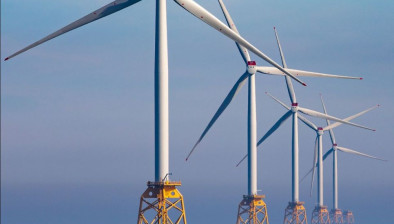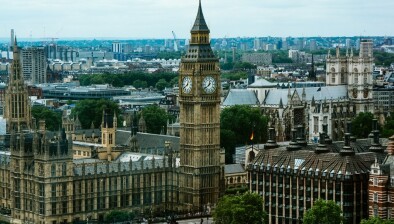Hidden heat in sewers ‘could warm Glasgow through winter’
 Scotland’s sewers contain enough natural and discarded heat to warm a city the size of Glasgow for more than four months a year, according to a new report.
Scotland’s sewers contain enough natural and discarded heat to warm a city the size of Glasgow for more than four months a year, according to a new report.
Figures produced by Scottish Water Horizons for renewable energy group Scottish Renewables, have revealed that 921 million litres of wastewater and sewage – enough to fill 360 Olympic swimming pools – are flushed down Scots toilets and plugholes every day.
According to the analysis, capturing the warmth contained in it could prevent more than 10,000 tonnes of harmful CO2 entering the atmosphere every year.
Water in UK sewers can be as warm as 21c, and maintains a constant temperature throughout the year.
The report shows how renewable energy technologies like heat pumps and wastewater recovery systems could be used to harness that energy potential.
Stephanie Clark, policy manager at Scottish Renewables, said: “These new figures show the enormous scale of the energy we are literally flushing away every day.
“Water which is used in homes and businesses collects heat from the air around it, as in a toilet cistern, or is heated, as in dishwashers and showers. That’s in addition to the energy that it gains from the sun when stored in reservoirs.
“Technology now exists which allows us to capture that energy, and waste heat can play an important role in helping us reach our challenging climate change targets.”
Scotland’s daily 921 million litres of wastewater and sewage are transmitted through more than 31,000 miles of sewers to over 1,800 wastewater treatment facilities.
Donald MacBrayne, business development manager with Scottish Water Horizons, said: “Water that is flushed down the drain from homes and businesses represents a significant source of thermal energy.
“Usually, this heat is lost during the treatment process and when treated effluent is returned to the environment. By tapping into this resource using heat recovery technology we can provide a sustainable heating solution which brings both cost, carbon and wider environmental benefits.
“With almost 32,000 miles of sewers pipes across Scotland and more than 900 million litres of waste water treated every day, the opportunities presented by heat recovery are significant. We are now using heat maps to actively explore locations where such heat recovery schemes could be developed and are working with a number of public bodies and commercial businesses to progress the opportunity.”
The Scottish Government’s draft Energy Strategy contains a proposal first suggested by Scottish Renewables: that 50% of all energy (heat, electricity and transport) should come from renewable sources by 2030.
Scottish Renewables policy manager Stephanie Clark, added: “More than half of the energy consumed in Scotland is in the form of heat.
“As a society, we take warm homes and workplaces and constant hot water for granted, but it’s vital we reduce the amount of carbon emitted by the sector if we’re to tackle climate change and meet existing and proposed targets.”
















